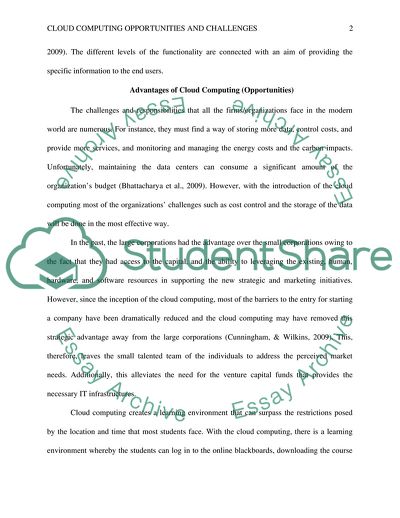Cite this document
(Opportunities and Pitfalls of Cloud Computing Term Paper Example | Topics and Well Written Essays - 2500 words, n.d.)
Opportunities and Pitfalls of Cloud Computing Term Paper Example | Topics and Well Written Essays - 2500 words. https://studentshare.org/technology/1877751-the-opportunities-and-pitfalls-of-cloud-computing
Opportunities and Pitfalls of Cloud Computing Term Paper Example | Topics and Well Written Essays - 2500 words. https://studentshare.org/technology/1877751-the-opportunities-and-pitfalls-of-cloud-computing
(Opportunities and Pitfalls of Cloud Computing Term Paper Example | Topics and Well Written Essays - 2500 Words)
Opportunities and Pitfalls of Cloud Computing Term Paper Example | Topics and Well Written Essays - 2500 Words. https://studentshare.org/technology/1877751-the-opportunities-and-pitfalls-of-cloud-computing.
Opportunities and Pitfalls of Cloud Computing Term Paper Example | Topics and Well Written Essays - 2500 Words. https://studentshare.org/technology/1877751-the-opportunities-and-pitfalls-of-cloud-computing.
“Opportunities and Pitfalls of Cloud Computing Term Paper Example | Topics and Well Written Essays - 2500 Words”. https://studentshare.org/technology/1877751-the-opportunities-and-pitfalls-of-cloud-computing.


